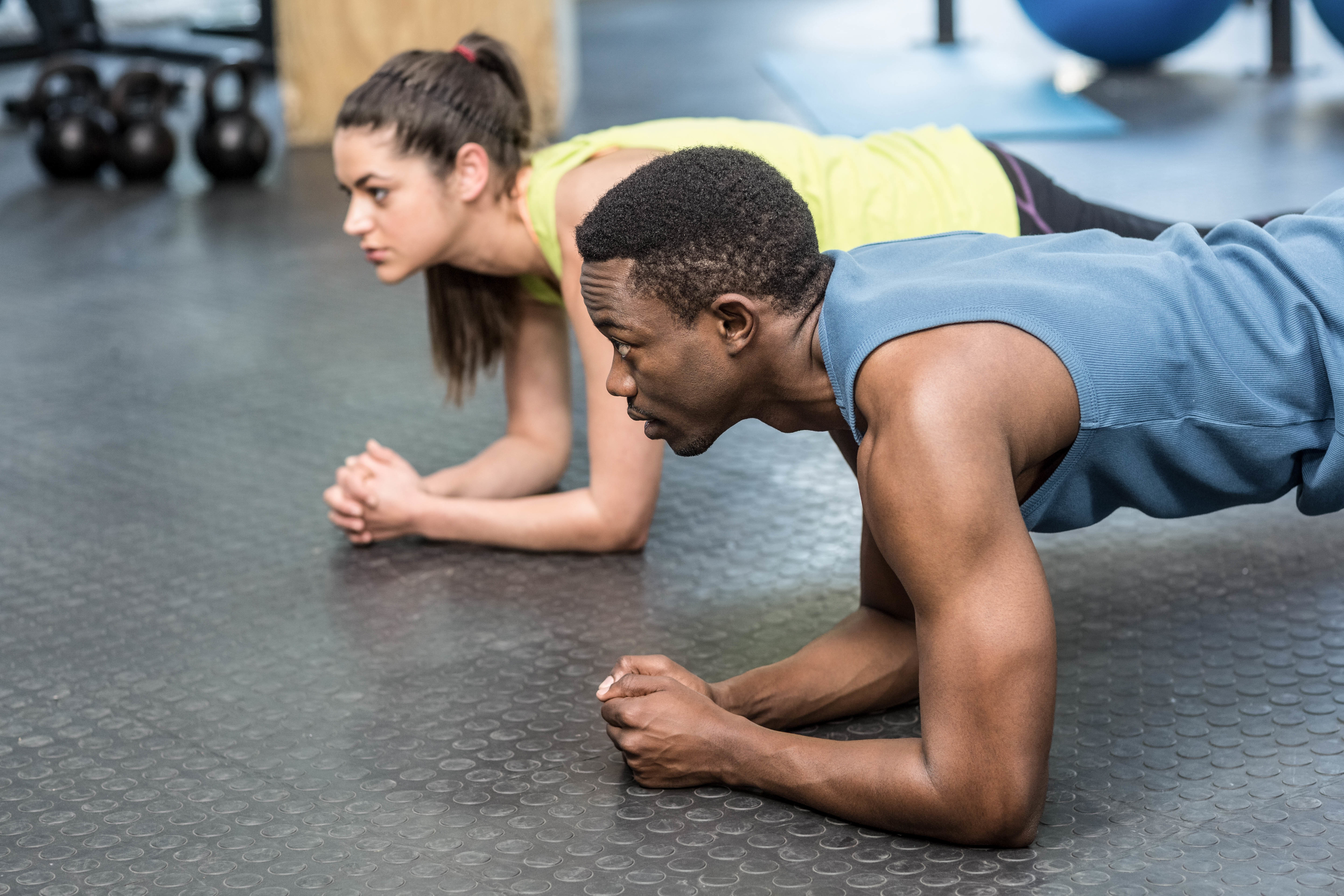Take a second and think back to every exercise setting you have participated in where you have done core training. What exercises did you do?
Traditionally, core training has been completed by performing exercises that make us feel a “burn” in our abdominals. Many individuals want to feel this burn by performing hundreds of crunches and sit-ups (or similar exercises that bring our chest closer to our hips), with the hopes of developing rock-hard abs. Although continuously performing a group of isolated abdominal exercises increases the strength of the muscles, these muscles may be hidden because crunches and sit-ups do not decrease the amount of body fat surrounding the area. Also, performing numerous amounts of crunches and sit-ups can put unnecessary tension on the spine. To understand why this happens, we must know how the spine and the core work as well as what types of exercises are best for this area.
The spine is like a piece of thick PVC pipe, and much like the PVC pipe, the spine is built to slightly bend in multiple directions in order to maintain its integrity. However, when a PVC pipe continuously bends, it tends to take the shape of a curve and is more susceptible to breaking. The spine is very similar in this function; the more it bends (through crunches or similar exercises), the more pressure is placed on the intervertebral discs, which could lead to poor posture and pain or injury.
Now, let’s explore what the core is and its role in the body. The core muscles can be found on the front, back and sides of the body. If you were to draw a square around the area, the top of the core starts at the lower chest/mid-back while the bottom of the core ends at the mid-thigh/mid-hamstring. The core muscles are responsible for moving the legs forward and backward, moving the hips up and down on the left and right sides of our body, as well as rotating the hips and shoulders –all of the motions that are performed during walking and running. The core muscles are also responsible for stabilizing the lower back, as well as transferring energy from the lower body to the upper body and vice versa. The spine and the core muscles work together to keep your body stabilized.
So how can you train your core? Efficient and effective core training utilizes exercises that require movement and stabilization of the hips, trunk and shoulders in all directions. Good floor exercises that will accomplish this are a plank, side plank, bird dog and glute bridge. If you want to take this to the next level – and truly develop a strong, balanced core – then perform exercises from a standing position that require either rotation of the hips and shoulders or stabilization of the muscles in that square area of the core. Two good examples of standing core exercises are woodchops and medicine ball slams
The core is the true engine of the body. If this area is trained properly, exercise performance, quality of life and general everyday abilities will increase.

